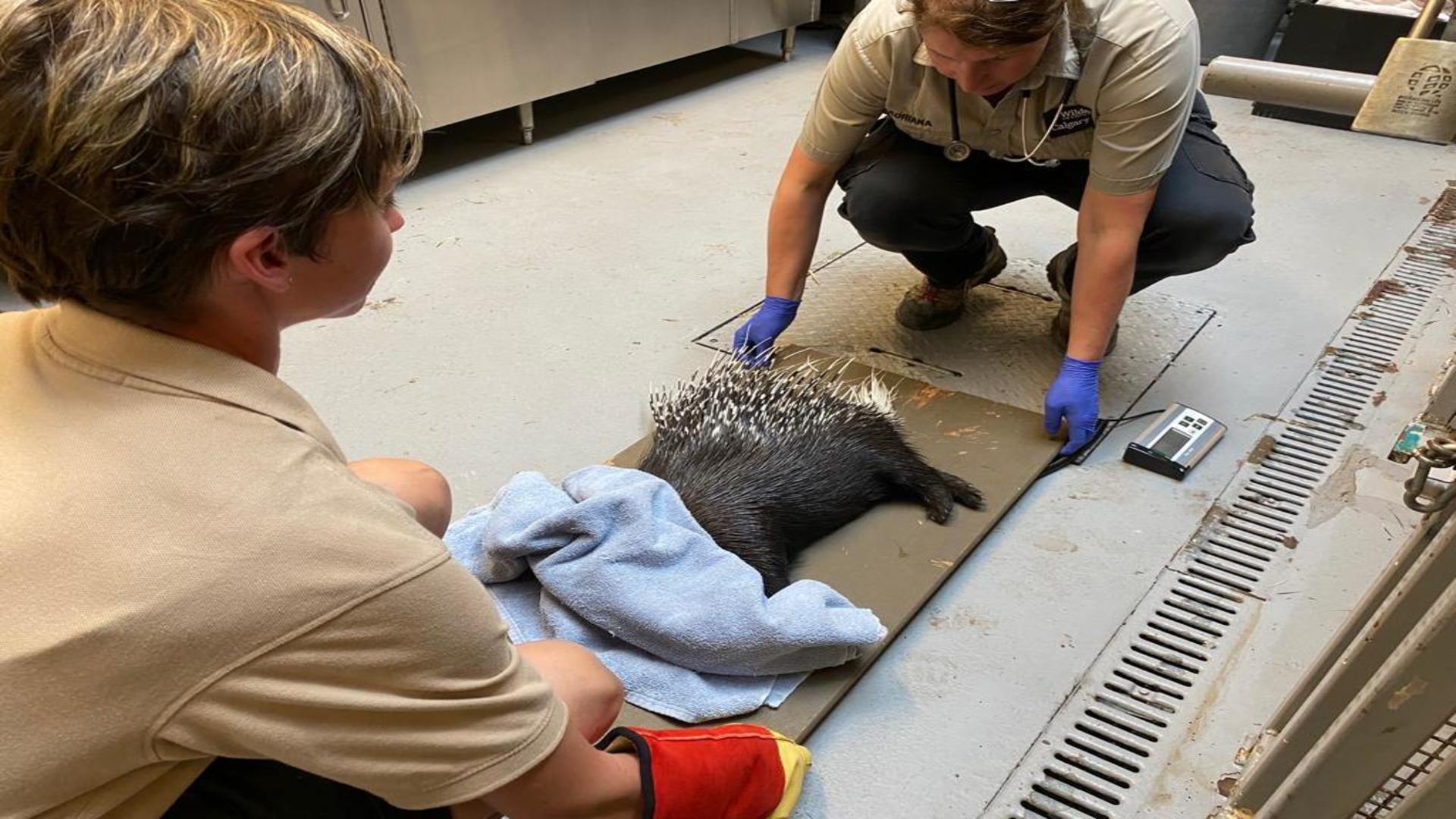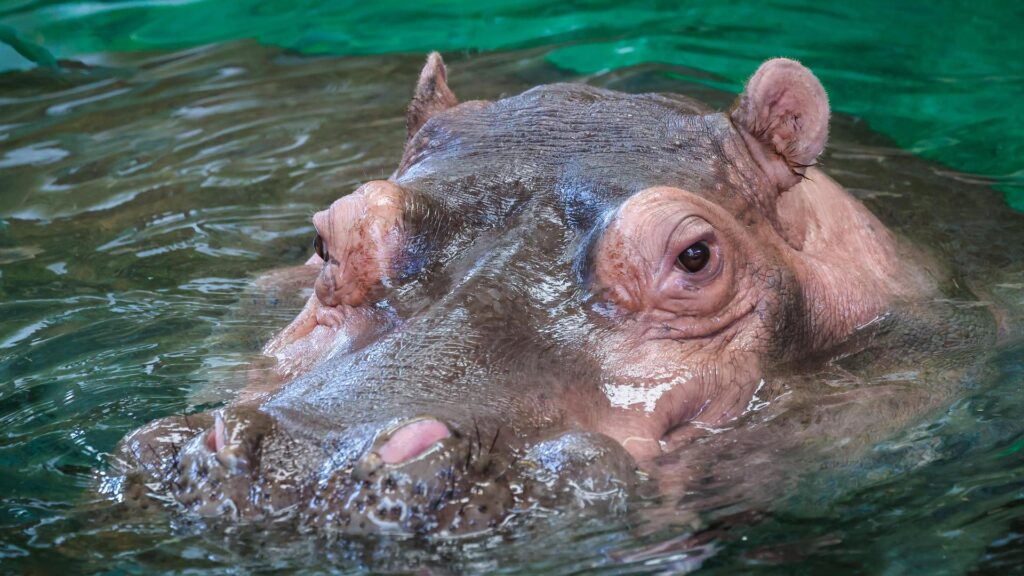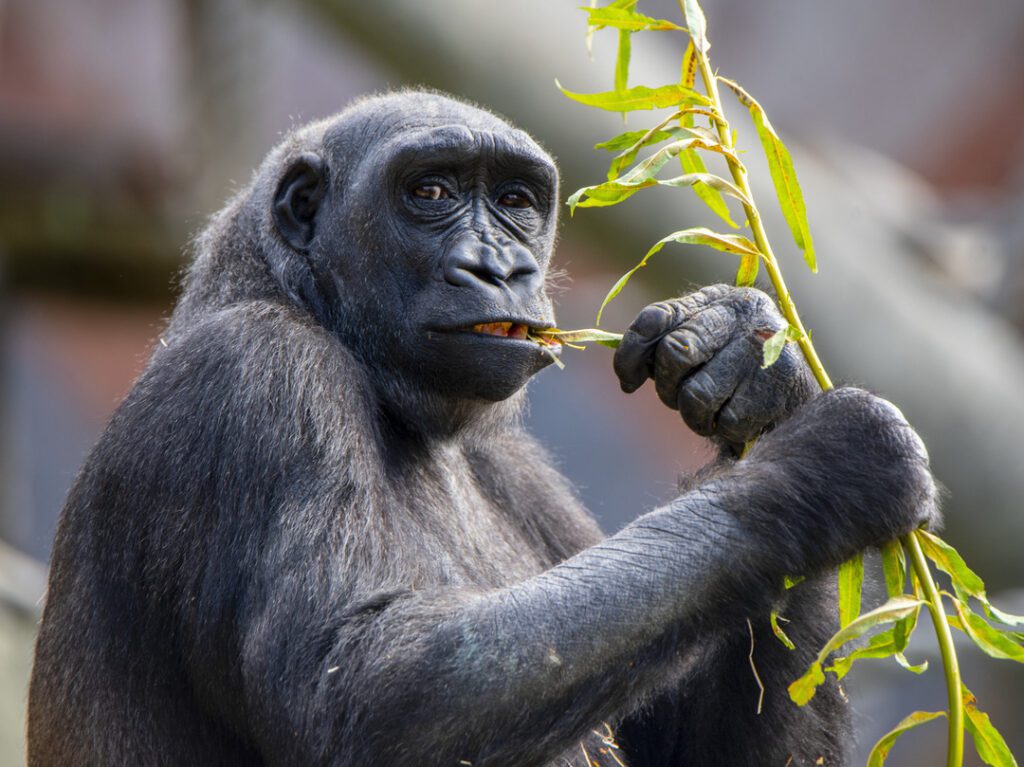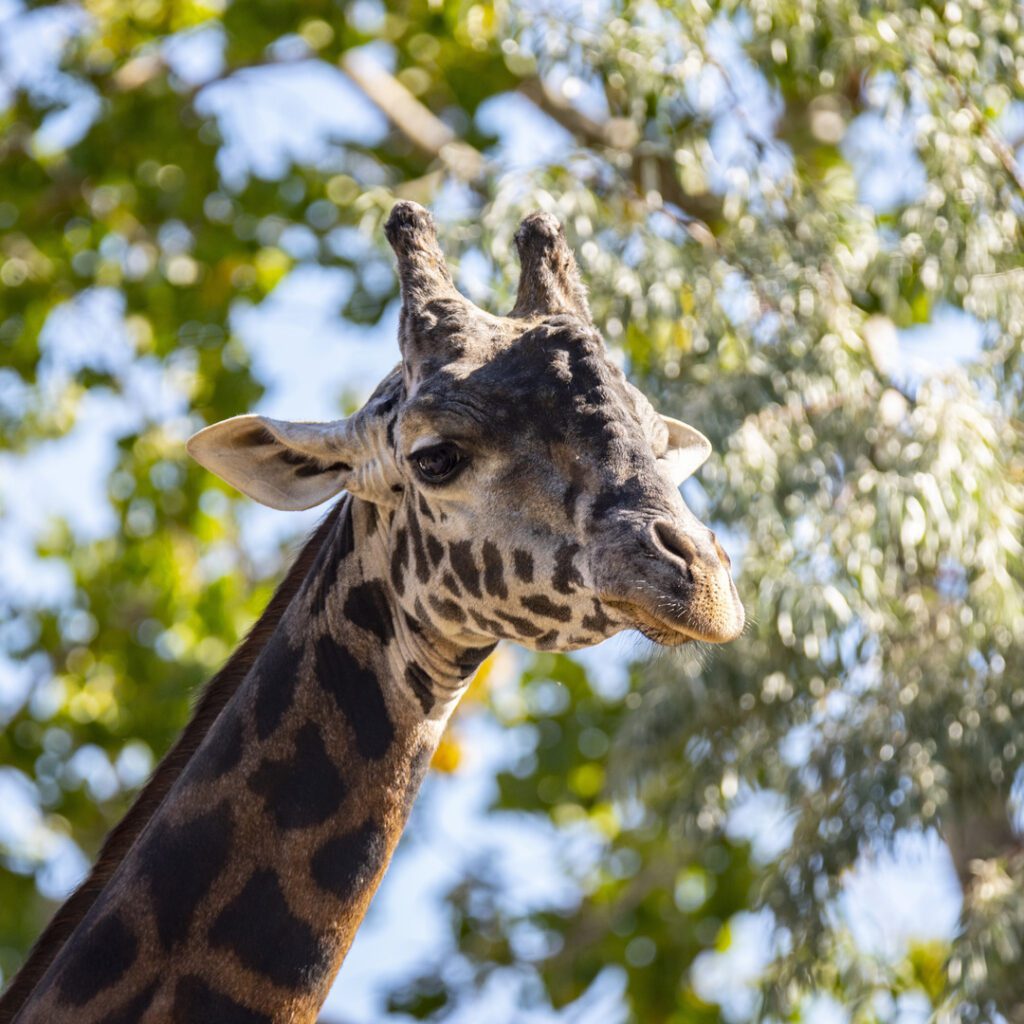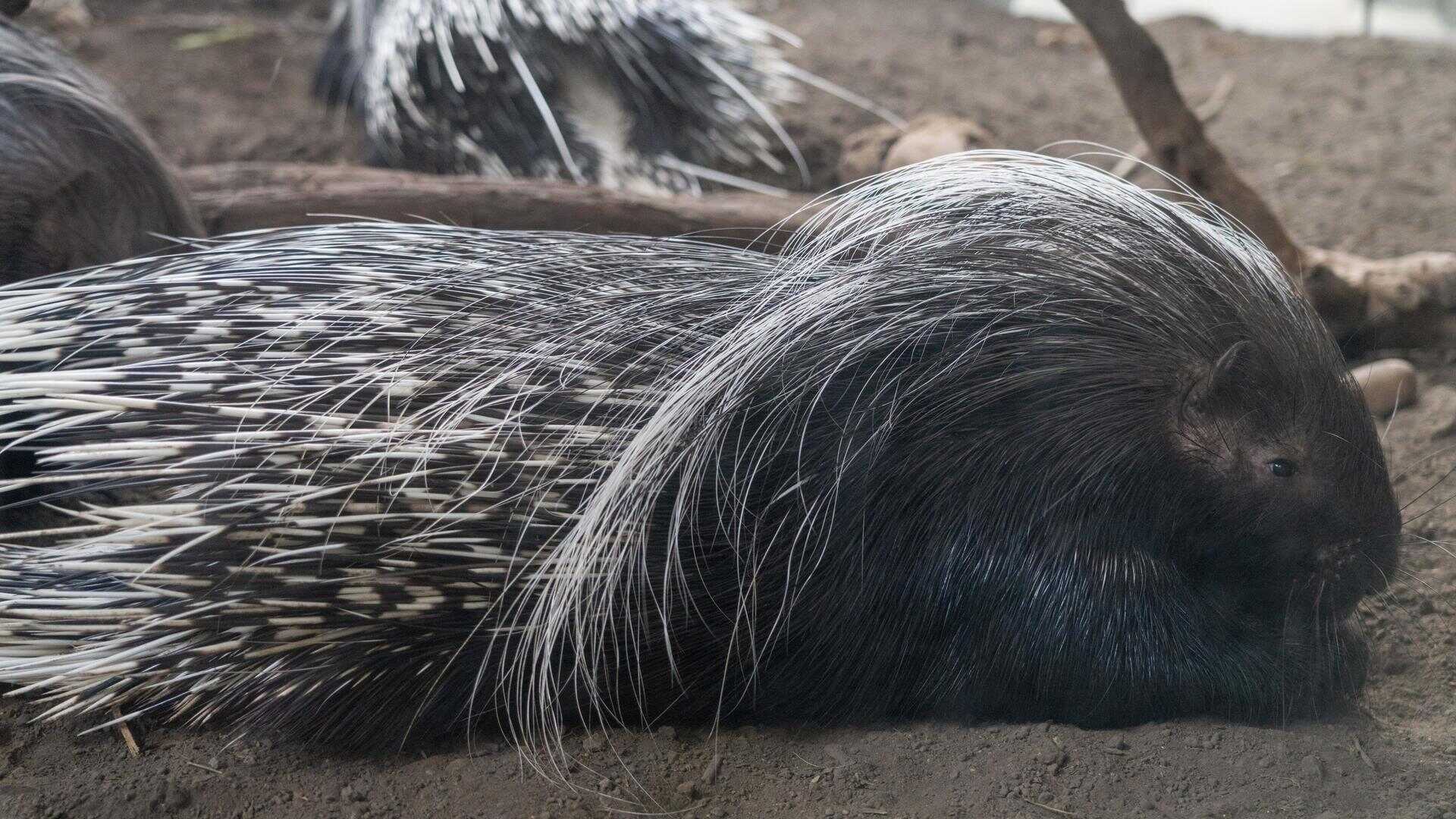
African Crested Porcupines
Dangerous predators are no match for quills like these
Like all porcupine species, African crested porcupines are known for their quills, which range in length from 2.5 to 33 centimetres and vary in thickness. When confronted by a predator, a porcupine will raise its quills along its head and back to form a crest, making itself appear larger. If necessary, it will also use the quills on its backside to ram the predator. This defensive strategy is effective at deterring large predators such as lions, leopards, and hyenas.
- IUCN Red List Status: Least Concern (at relatively low risk of extinction)
- Type: Rodent
- Habitat: In northern and sub-Saharan Africa and along the Mediterranean coast into Italy
- Diet: Herbivore – tubers, bark, and fruits
- Size: 60 to 91 centimetres long, plus a 7 to 16 centimetre-long tail
- Weight: 9.9 to 29.9 kilograms
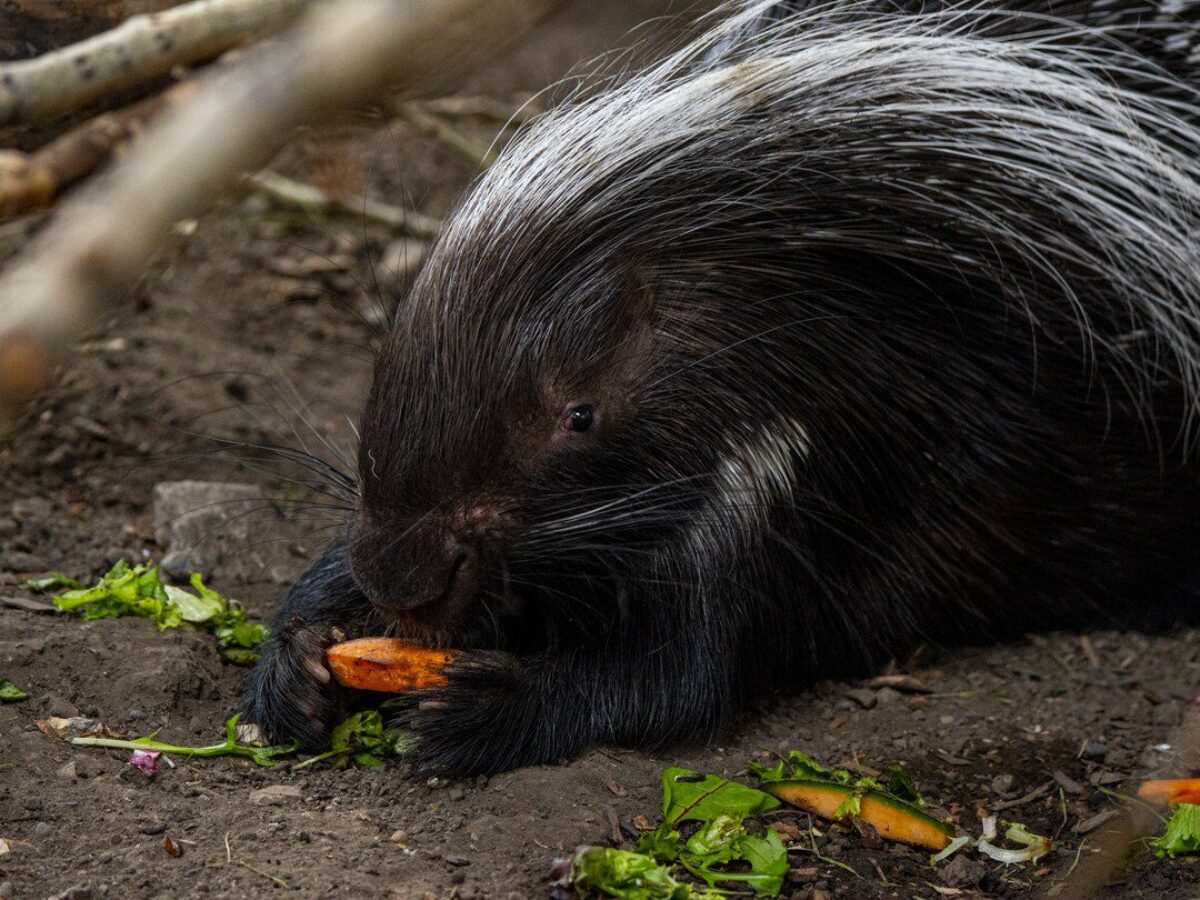
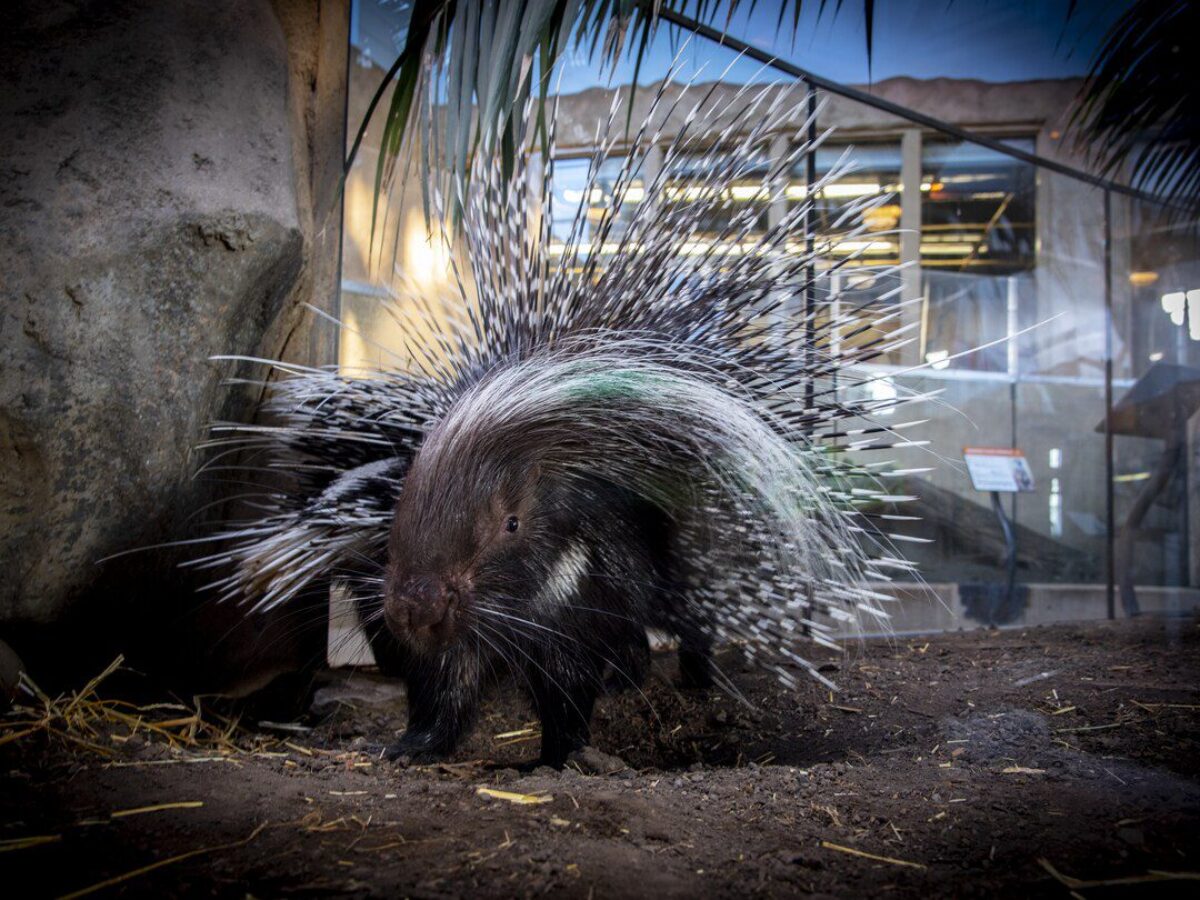
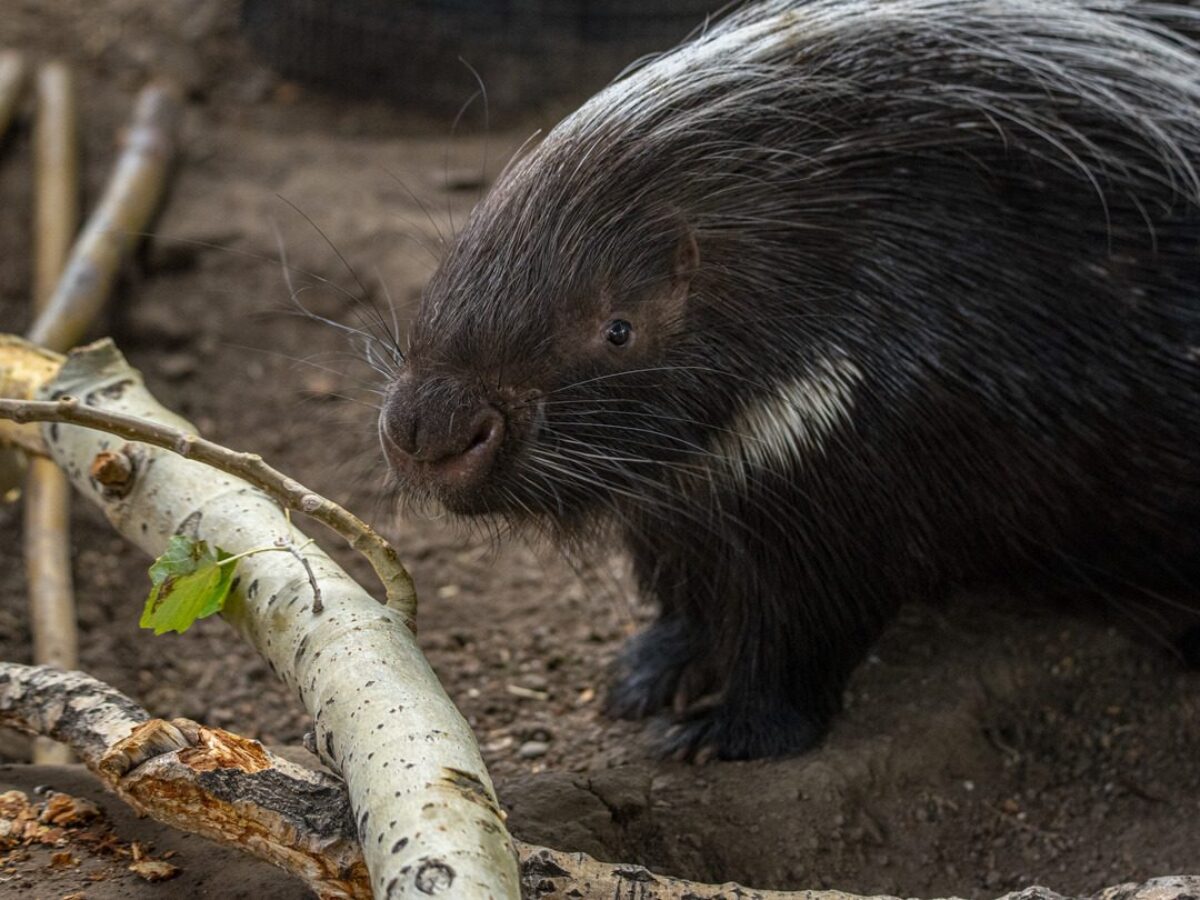
facts about our animals
Fun Facts about African Crested Porcupines
An African crested porcupine’s hollow quills make a rattling noise that can deter predators.
They are nocturnal and will venture out at night to forage.
This species lives in small family groups consisting of a mating pair and their young.
Baby porcupines are born with soft quills, which start to harden about a week after birth.
African crested porcupines are monogamous.
Baby porcupines are called “porcupettes”.
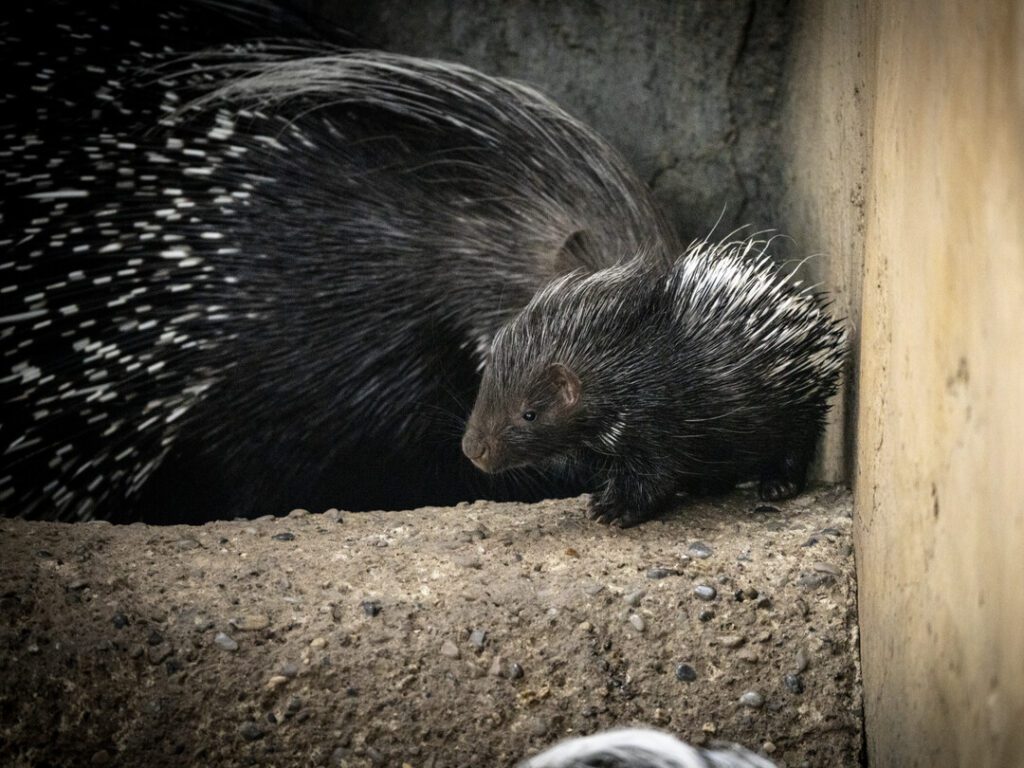
Donate
How you can help
Your donation makes a world of difference. With support for animal care, conservation programs, and education, you’re making the world wilder.
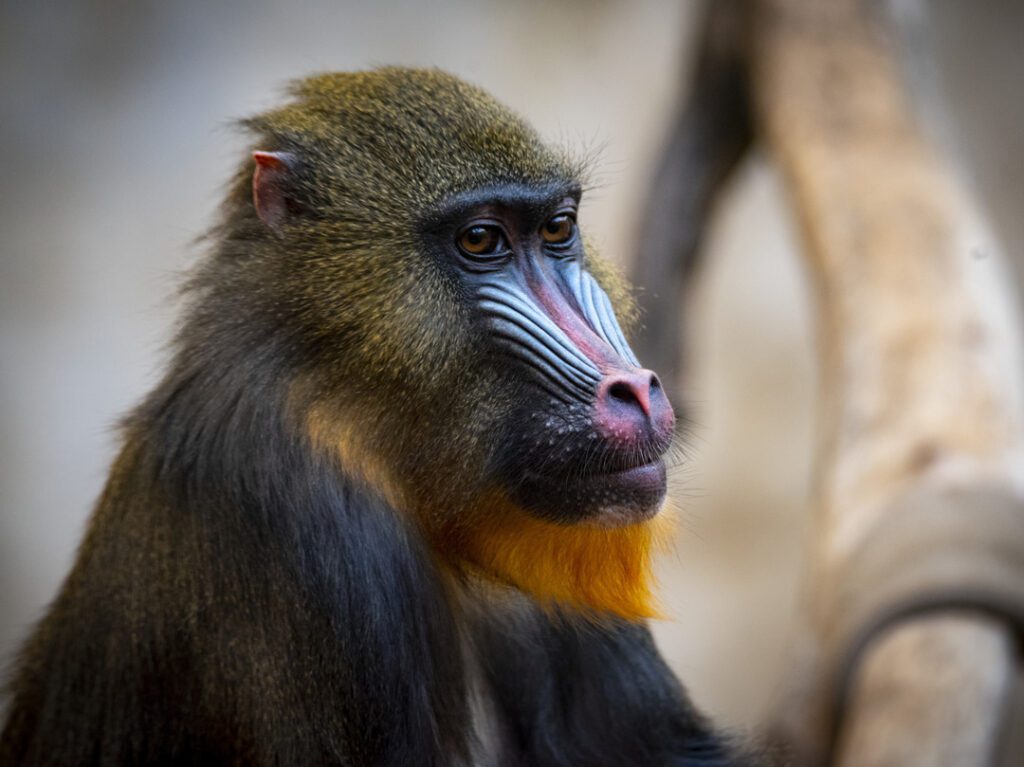
Plan your visit
Get close to wildlife
It’s time to make some memories. Here’s everything you need to know to plan an unforgettable day at the zoo.

